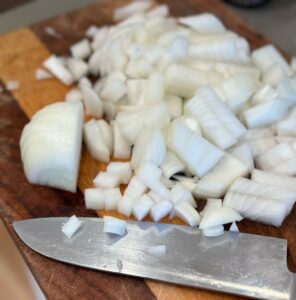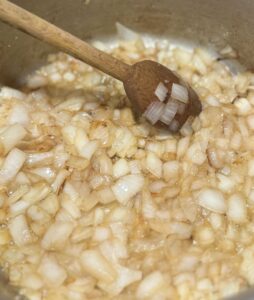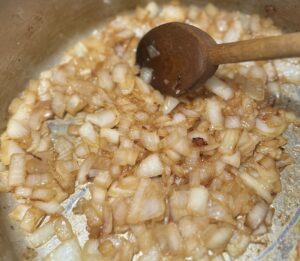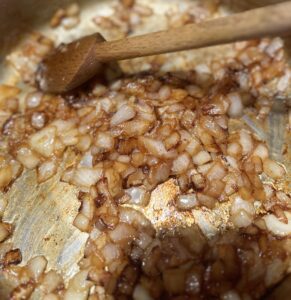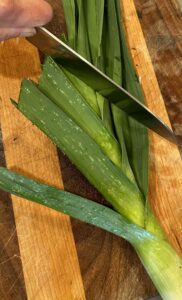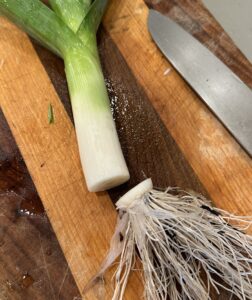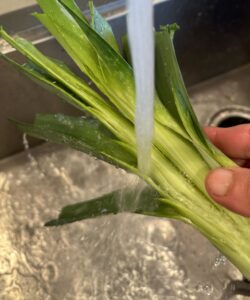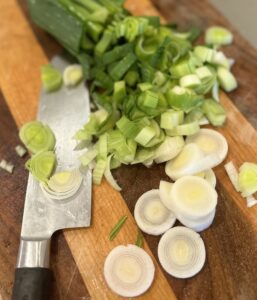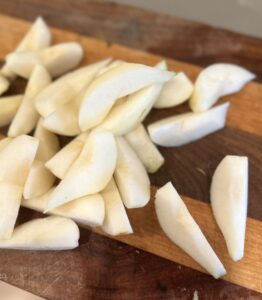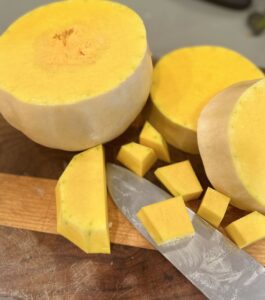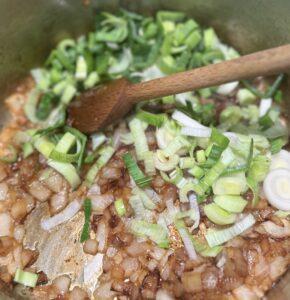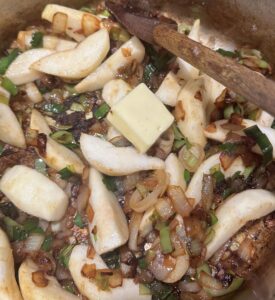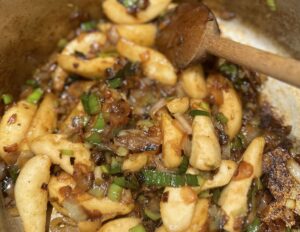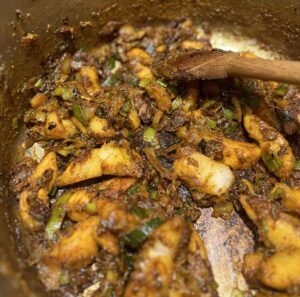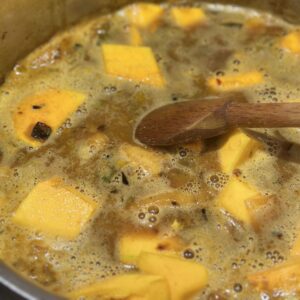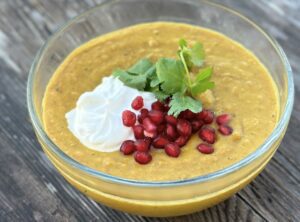Curried squash soup
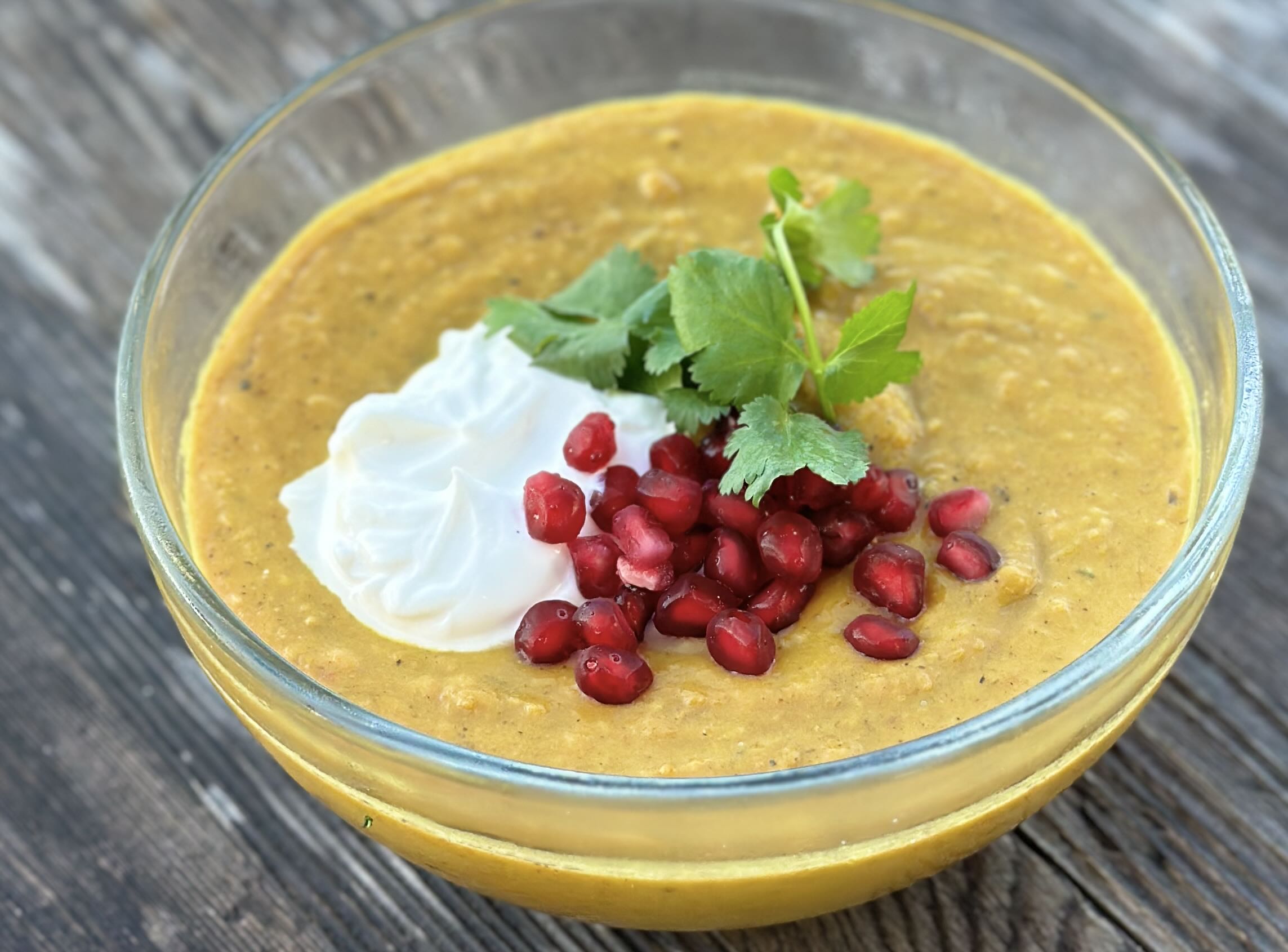
This soup checks all the boxes for deliciousness – it’s savory, sweet, creamy and loaded with Indian spices. Everybody loves this soup. Except for me. I hate this soup. The problem is that everyone is always asking me to bring this soup to their fall feast. I can’t eat one more bowl of squash soup. And now that you have the recipe, you can make it for yourself! But use me as a cautionary tale- you can have too much of a good thing….
Notes:
What is “winter” squash?
OK, this is probably the most important part of this whole recipe, so listen up people! There are 2 broad categories of squash. Winter squash and summer squash. You MUST use winter squash for this recipe! No wiggle room there. Summer squash includes zucchini and yellow squash. Summer squash have watery, pulpy flesh and are very low in starch and sugar. When cooked and blended you will end up with a watery mush. Not very appealing! Winter squash, on the other hand, have dense sweet flesh, usually yellow or orange-tinged, and have a high starch content. Varieties include butternut squash, sugar pumpkins (but not jack-o-lanterns-these tend to be low starch, high water), acorn squash, and countless other varieties. When in doubt at the store – ask! You don’t want to go to all the expense and time of making this soup only to realize you didn’t get the key ingredient right.
Patience, patience…
It’s paramount that you really let your onions, leeks and pears caramelize slowly over low to medium heat. This will build layers of complex flavor that really make this soup stand out. But be sure not to let the sugar burn or you will have a bitter flavor that will ruin the soup.
Pomegranate what?
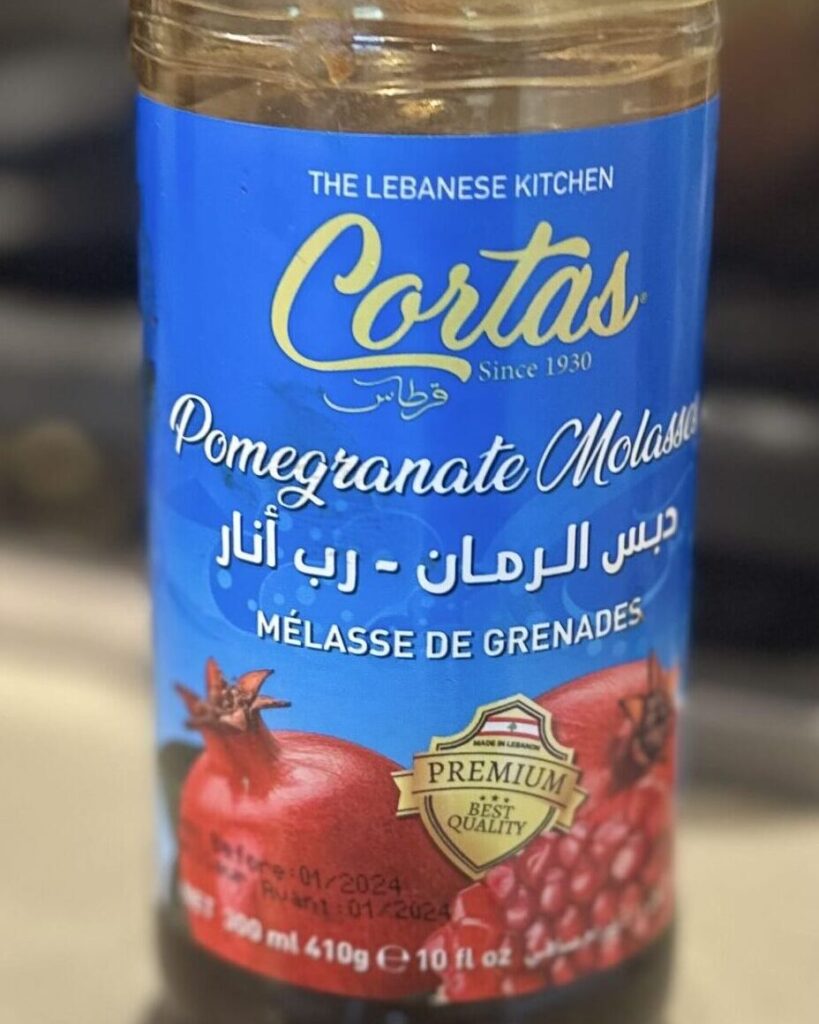
This recipe calls for a couple teaspoons of pomegranate molasses. You can find it in specialty Mediterranean food shops or buy it online. It’s amazing stuff! Super tangy but just moderately sweet. It adds an incredible twist to this soup. If you can’t find it, the juice of an orange can be substituted instead (but it won’t be the same!).
Fancy pants garnish
Either keep it simple and serve with a dollop of sour cream, or if you want to go fancy pants, serve it with a dollop of cranberry chutney, a spoonful of sour cream, a smattering of pomegranate seeds and some sprigs of cilantro.
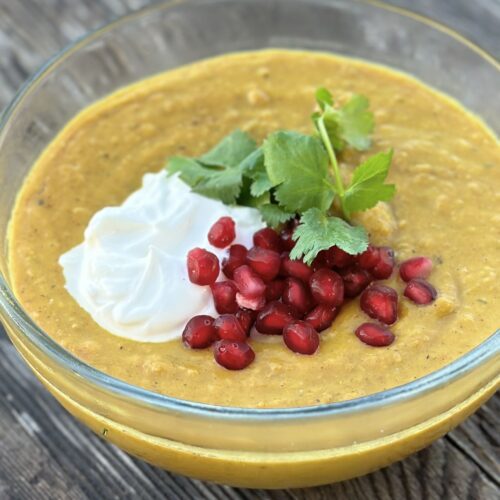
Curried Winter Squash Soup
Equipment
- 1 8 quart stock pot
- Immersion blender or conventional blender
Ingredients
- 1 large leek washed and sliced into 1/4 slices
- 2 medium yellow onions diced
- 2 tsp salt divided in two
- 4 tablespoons butter divided in two
- 1/2 cup white sugar divided in two
- 3 medium ripe but firm pears
- 2 teaspoons curry powder
- 2 teaspoons turmeric
- 1 teaspoon cumin
- 1 teaspoon ground cardamom
- 2 teaspoon ground coriander
- 2 teaspoon cinnamon
- 1 tsp red chili flakes
- 1 large butternut squash peeled seeded and cut into cubes About 6 to 8 cups roughly cubed
- 1 1/2 quart chicken stock or vegetable stock or vegetable stock if going vegetarian
- 1 cup heavy cream
- 2 teaspoons pomegranate molasses
- Salt to taste
Instructions
- Dice the onions into small cubes. Remember- this is all going to be blended together, so no need for perfection here.

- Heat 2 tablespoons butter over medium heat. Add the diced onions , 1 teaspoon salt and 1/4 cup sugar. Stir intermittently to ensure the onions brown but don’t burn. Here the onions are just starting to brown.

- Here the onions are about half way there. But see how the centers of the onion chunks are still white? That means they still need more time. Keep stirring and cooking!

- You are now beginning to caramelize onions. Be patient – this is a slow process. Although it is tempting to turn up the heat, this will lead to burning of the onions and the sugar which will result in a bitter taste. Here the onions have reached a nice deep brown color. Go ahead and taste an onion- does it seem cooked and caramel-flavored? If so, go to the next step. If not, keep cooking!

- While the onions are cooking, trim the leek, leaving about 4 to 5 inches of the greens on top of the white shaft.

- Cut the root end off of the leek.

- Next make a vertical incision the length of the leek to expose the multiple layers. Rinse under cold water to remove any grit and dirt in between the layers of the leaves.

- Next, slice the leeks into quarter inch rings.

- Since you are cooking your onions nice and slow (right?), you will also have time to peel, slice and core your pears. I personally find it easiest to peel the whole fruit, then slice into quarters and cut out the core.

- Your onions are getting closer, but they're not quite there yet, so now let's cut up that butternut squash. Slice into horizontal rings, then slice off the peel. Cut out the seed and pith from the center, and cut into rough 1 inch cubes. No need to worry about all the cubes being the exact size, everything will be blended up at the end.

- Once the onions are sufficiently caramelized, add the leeks to the mix with the remaining teaspoon salt. Cook the leeks until they are soft (5–10 minutes), But still retain their green color.

- Next add the peeled, cored, sliced pears. Add the remaining 2 tablespoons of butter and the second quarter cup of sugar. Continue to stir the pears until they reach a deep caramel color similar to the onions. Same thing goes here – do not let them burn!

- You are looking for a deepish brown color. See picture. Again, it never hurts to slice off a small bit of pear and taste it to ensure you have reached a deep caramelized flavor before you proceed.

- Once your pears are sufficiently caramelized, add the spices to the mix. They might seem a bit dry, and if it’s difficult to keep things from sticking to the bottom of the pot, you can add a couple teaspoons of vegetable oil or butter to loosen everything up. The goal here is to fry all of the spices. Make sure they don’t burn, but they should be sufficiently heated through. This step decreases the bitterness of the spices, and when skipped, there will be an underlying bitter taste to the soup that can be very unpleasant.

- Once everything is caramelized and the spices have been sufficiently toasted, add the chicken stock (or vegetable stock if you prefer to keep this vegetarian). Use a stiff spoon to scrape up any brown bits on the bottom of the pan.
- Next add the butternut squash and bring to a gentle simmer. Cook for about 20 to 25 minutes until the butternut squash is cooked through and can be squished with the back of a spoon.

- Add the pomegranate molasses and stir into the cooking liquid.
- Blend the soup. The easiest way to do this is with an immersion blender (stick blender), because trying to pour hot soup into a conventional blender is messy and dangerous. If you need to blend in a stand alone blender, I recommend letting everything cool down a bit before you proceed.
- Lastly, add the cream. If you prefer a thinner soup, you could also add some half-and-half or a touch of water or stock to thin things out a bit. Personally, I prefer a nice thick soup and it makes it easier to place a garnish on top and have it stay on top as opposed to sink to the bottom of the bowl.
- And here’s the most important part: TASTE the soup at this point. You want a final result that's both salty and sweet. Do you feel like it needs a little more sweetness? Add a couple teaspoons or tablespoons of sugar. And does it have enough salt? Probably not!! Chicken stock can vary in salt content and the amount recommended above may not be adequate to sufficiently salt the soup (hint, I add salt at the end…).

- Garnish as you see fit. Sour cream, pomegranate seeds, chopped pears or apples would all be a terrific addition.

